प्रोजेक्ट राइनो: वो असली हीरो जो भारत के एक-सींग वाले गैंडे को बचा रहे हैं
प्रोजेक्ट राइनो की असली कहानी – गाँव वाले, फॉरेस्ट गार्ड और आम लोग मिलकर किस तरह भारत के एक-सींग वाले गैंडे को शिकारियों से बचा रहे हैं।
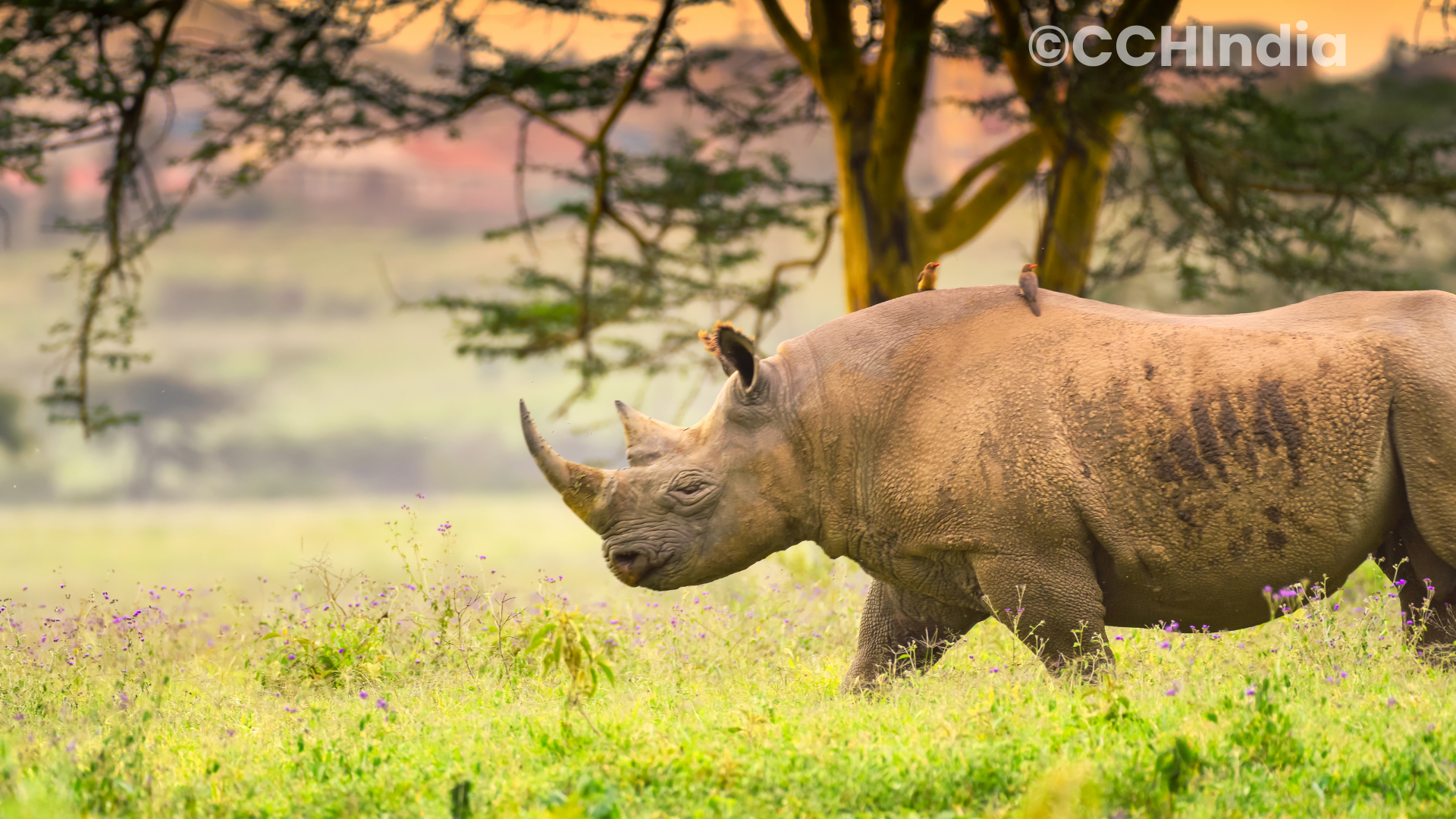
A heartfelt take on Project Rhino and the everyday heroes—locals, rangers, and communities—protecting India’s iconic one-horned rhino from poaching and survival threats.
I still remember the first time I saw a one-horned rhino in Kaziranga.
It wasn’t through a glossy documentary or a wildlife coffee table book.
It was from the back of a jeep, bouncing along muddy tracks, my guide whispering “look there, by the tall grass.”
And there it was.
Massive, almost prehistoric, yet strangely gentle.
That single horn—so iconic, so misunderstood.
It’s wild to think people kill these animals for that horn, just because some market far away believes it has “magical” properties. Like, seriously? It’s just keratin. Same stuff as our nails. But greed doesn’t care about logic.
Table of contents [Show]
Here’s the part that doesn’t make it into fancy conservation reports: it’s not just the forest department or NGOs.
It’s everyday villagers.
Farmers, schoolteachers, even young kids—they’ve become the real wall between poachers and rhinos.
I met a man named Ramesh in a small tea-growing village near Kaziranga. He told me, “Earlier, some people helped hunters for money. Now, we report them.” Imagine that shift. From aiding poachers to becoming whistleblowers. That’s Project Rhino’s biggest win—not drones, not guns, but trust.
Sounds simple, right? But when you live next to forests where armed gangs sneak in at night, courage looks different.
You think being a ranger is about khaki uniforms and binoculars? Nah.
It’s nights without sleep, listening for gunshots. It’s chasing armed men in pitch-black forests. It’s patching up wounds after clashes.
One ranger told me, “We can’t save rhinos without the people. They hear the footsteps before we do.”
That gave me goosebumps. Because here’s the thing: conservation isn’t just about animals, it’s about people feeling like the rhino is their animal. Not some “government property.”
There are plenty of projects that throw in big words—sustainable, inclusive, participatory. But Project Rhino feels different. It’s messy, it’s real.
Instead of lectures, they hold football matches for village kids where the prize is a rhino-shaped trophy. Instead of boring pamphlets, they paint murals on tea shop walls.
When you see a giant rhino painted in bright blue on a crumbling wall, you don’t forget it. Neither does the kid who walks past it every day.
Sometimes I wonder—why should a poor villager care about rhinos when his own family struggles for food?
It’s a tough question. But I’ve seen the answer in their eyes: pride.
For them, rhinos are not just animals. They’re a part of their land, their story. Lose the rhino, and you lose a piece of Assam’s soul.
And honestly, don’t we all feel that? Imagine telling future generations, “Yeah, rhinos used to live here, but greed wiped them out.” Shameful.
Protecting rhinos isn’t about “saving wildlife” in some abstract way.
It’s about people, choices, tiny acts of courage. A villager picking up the phone to warn rangers. A ranger staying awake one more night. A kid drawing a rhino in a school notebook and deciding, maybe, to fight for them when he grows up.
That’s what Project Rhino really is.
Not a project. A heartbeat.
Because as long as there are people willing to care, that one-horned giant in the tall grass still has a chance. 🦏
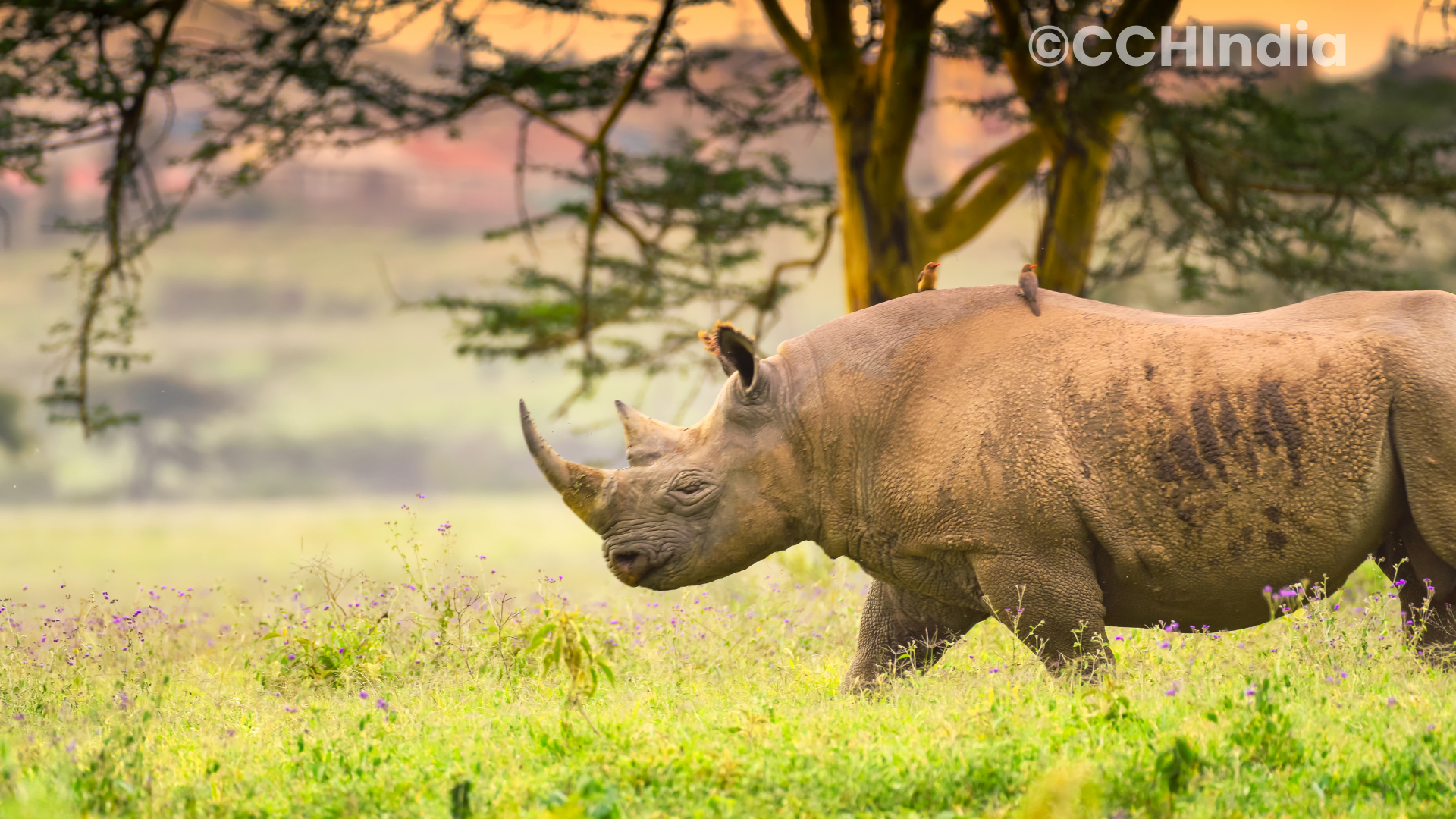
प्रोजेक्ट राइनो की असली कहानी – गाँव वाले, फॉरेस्ट गार्ड और आम लोग मिलकर किस तरह भारत के एक-सींग वाले गैंडे को शिकारियों से बचा रहे हैं।
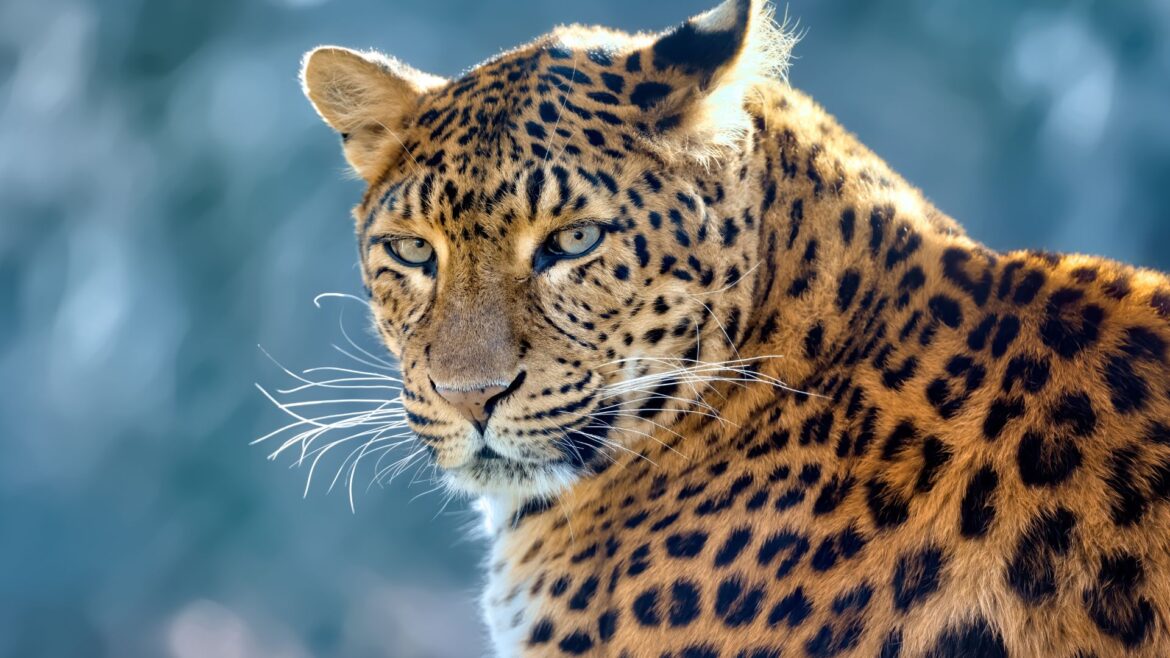
Urbanisation, agriculture, and deforestation are major threats to big cats and their habitats.
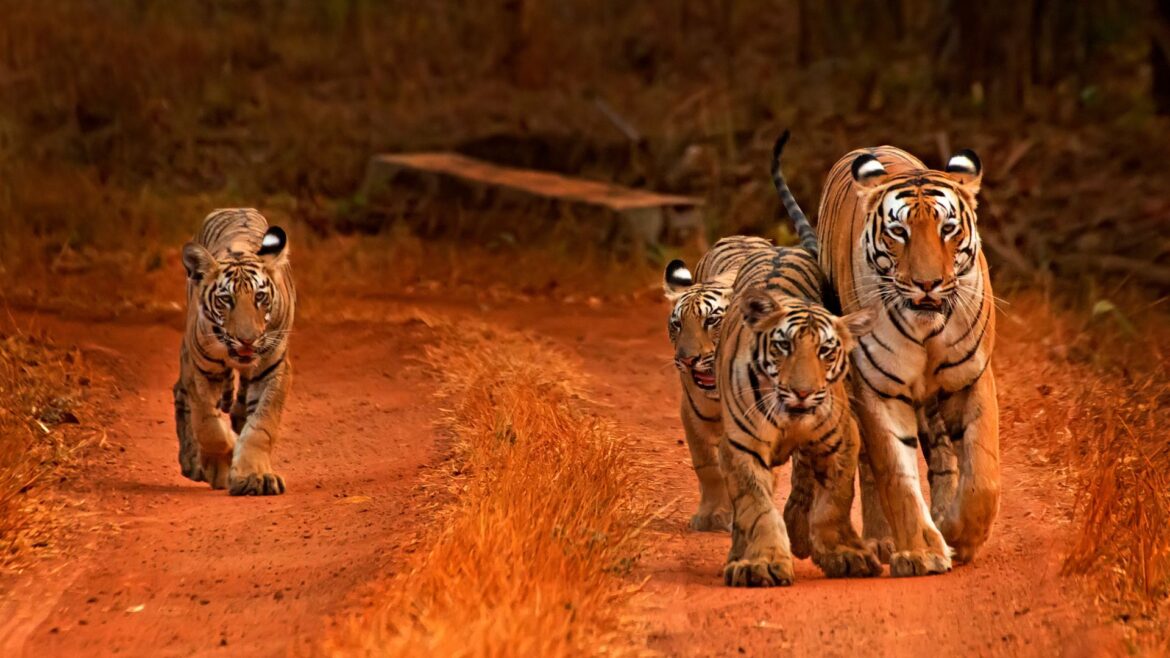
शेर, बाघ, तेंदुए, जगुआर, चीता, हिम तेंदुए और प्यूमा (पहाड़ी शेर / पैंथर) - बड़े जंगली जानवर जो अपने आकार, ताकत और शिकारी कौशल के लिए जाने जाते हैं
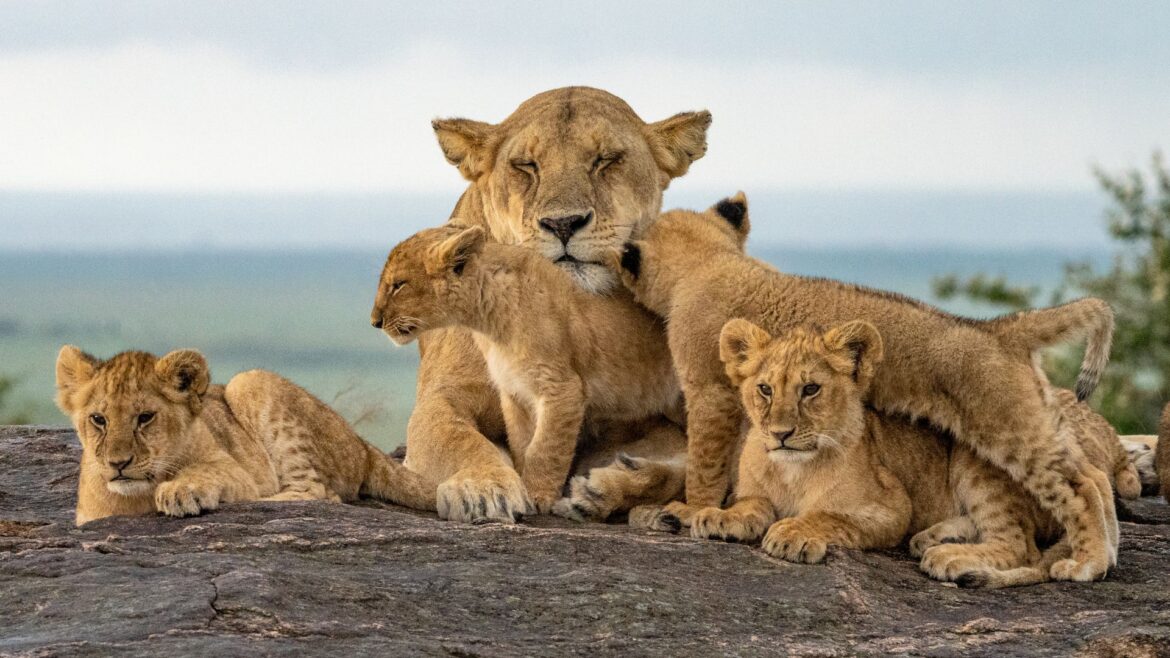
International Big Cat Alliance is to Protect and Conserve the Seven big cats, which include Tiger, Lion, Leopard, Snow Leopard, Puma, Jaguar and the Cheetah. Out of these seven, five big cats viz. Tiger, Lion, Leopard, Snow Leopard and Cheetah are found in India.

